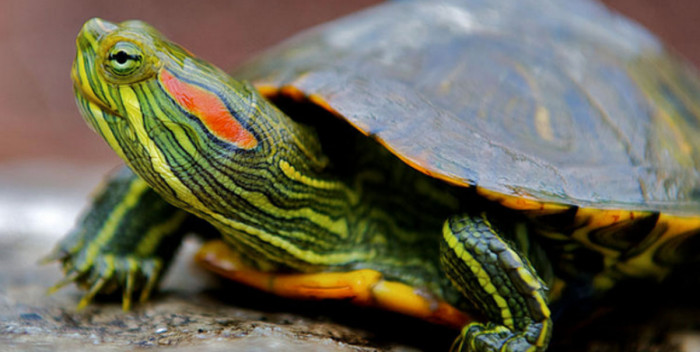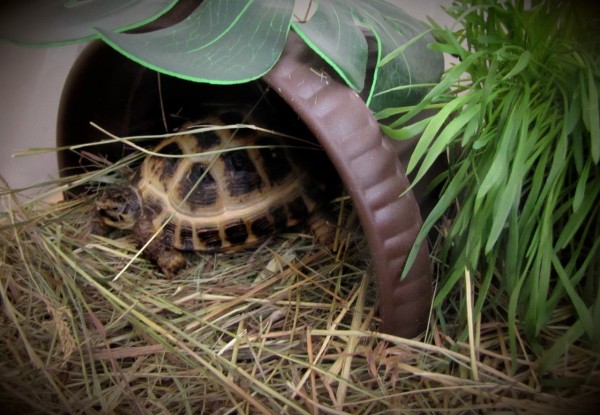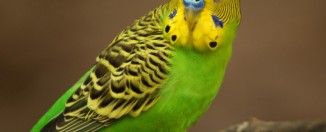Taking proper care of your turtle
Pet lovers are happy to buy turtles. They are almost as popular as dogs, and cats... Many turtles are really good at adapting to living conditions in modern apartments. These reptiles are not demanding to care for, so even schoolchildren can take care of them.
What to feed your turtle
Since domestic turtles are deprived of their natural habitat and habitual diet, they especially need proper and balanced feeding. You should feed your turtles only after their body temperature has reached optimum. At low temperatures, turtles do not show a good appetite, or even refuse to eat altogether. If you cannot feed your pet during the daytime, you can do it in the evening.
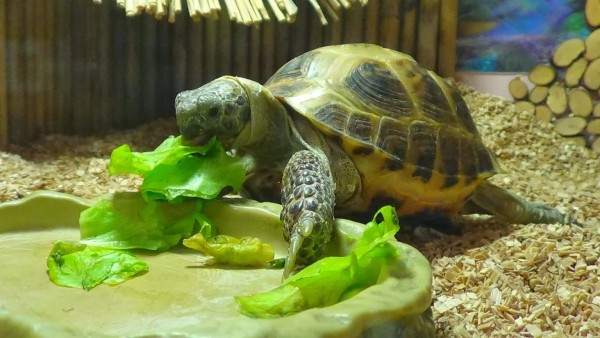 Here are some basic feeding rules:
Here are some basic feeding rules:
- Do not give your turtle food with your hands, otherwise it will quickly get used to it and will refuse to eat on its own.
- Try to give food in the morning.
- Avoid harsh sounds around your turtle while feeding. From severe fright, she may have digestive problems.
- Keep food utensils clean.
- Little turtles need daily feeding, while adults need food every other day.
There is a fairly large selection of dry turtle food now, but don't limit your pet to just them. The best option would be a combination of dry food and organic food. Suitable for aquatic turtles chicken or beef meat, raw fish, insects, shrimp, offal. Do not neglect plant foods as well. Aquatic turtles enjoy eating cabbage, lettuce, bananas, dandelions.
Provide plant food predominantly to land turtles. They eat almost all plant foods - fruits, vegetables, grass, field herbs, mushrooms, bran.
How to care for a turtle
The turtles need to create suitable conditions. So aquatic pets will need a large aquaterrarium with an island of land. On the island it is necessary to install a lamp under which the pet will bask. Use the settled water to fill the aquarium and change it monthly.
Land turtles need a spacious terrarium. Pour a thick layer of soil into it and keep the temperature around 25-28 degrees. They also need a heating lamp.
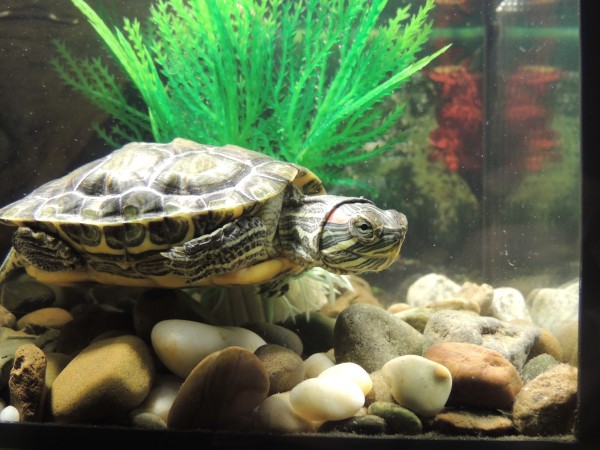 If you have a marsh turtle, then the same terrarium will suit her as for an adult, just pour less water into it and change it more often. The fact is that marsh turtles eat and defecate in water, which makes it more polluted faster.
If you have a marsh turtle, then the same terrarium will suit her as for an adult, just pour less water into it and change it more often. The fact is that marsh turtles eat and defecate in water, which makes it more polluted faster.
Tortoise bulbs should be used conventional - incandescent bulbs. It is these lamps that, in addition to light, also provide the heat that turtles need.
How to wash your turtle
Turtles require bathing depending on the amount of pollution. It is allowed to use soap no more than once a week. Take only filtered or settled water for bathing. Before washing, warm the liquid to a temperature of 36 degrees. Prepare a soft foam sponge and baby soap, as a last resort, you can replace it with a hypoallergenic one. Do not use other detergents - they provoke irritation and discomfort on the turtle's skin.
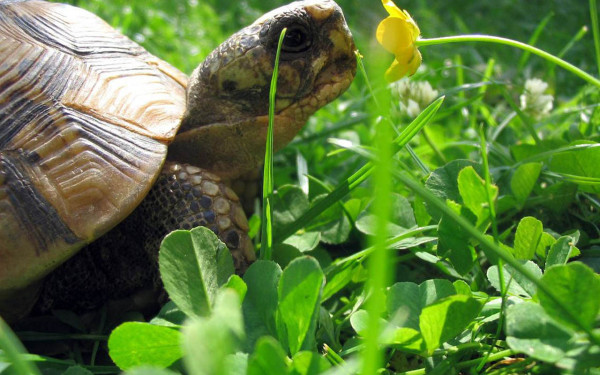 A regular plastic bowl is suitable for washing your turtle. You should not pour a lot of water, the turtle should stand with its paws at the bottom of the basin. For light dirt, rinse the turtle with water and wipe off with a sponge using gentle, gentle strokes. If your pet gets dirty thoroughly, then moisten a sponge and lather it with baby soap. Gently rinse off dirt from the turtle with a sponge, and then rinse it with water.
A regular plastic bowl is suitable for washing your turtle. You should not pour a lot of water, the turtle should stand with its paws at the bottom of the basin. For light dirt, rinse the turtle with water and wipe off with a sponge using gentle, gentle strokes. If your pet gets dirty thoroughly, then moisten a sponge and lather it with baby soap. Gently rinse off dirt from the turtle with a sponge, and then rinse it with water.
After bathing, wipe the turtle dry with paper towels and brush the shell with olive oil. Do not take your pet outside immediately after bathing, even in summer.
Turtle house
If you want to create additional amenities for your pet, then you can arrange a small house from available tools. For example, cut a flower pot vertically and set it on the ground in a terrarium. It will serve as a great house.
In the same way, you can make a house out of half a coconut. If you know how to tinker, then you can independently put together a house for a turtle from plywood. A basket of vines turned upside down will serve as a house. For the convenience of your pet, put a bed of straw inside the house.
